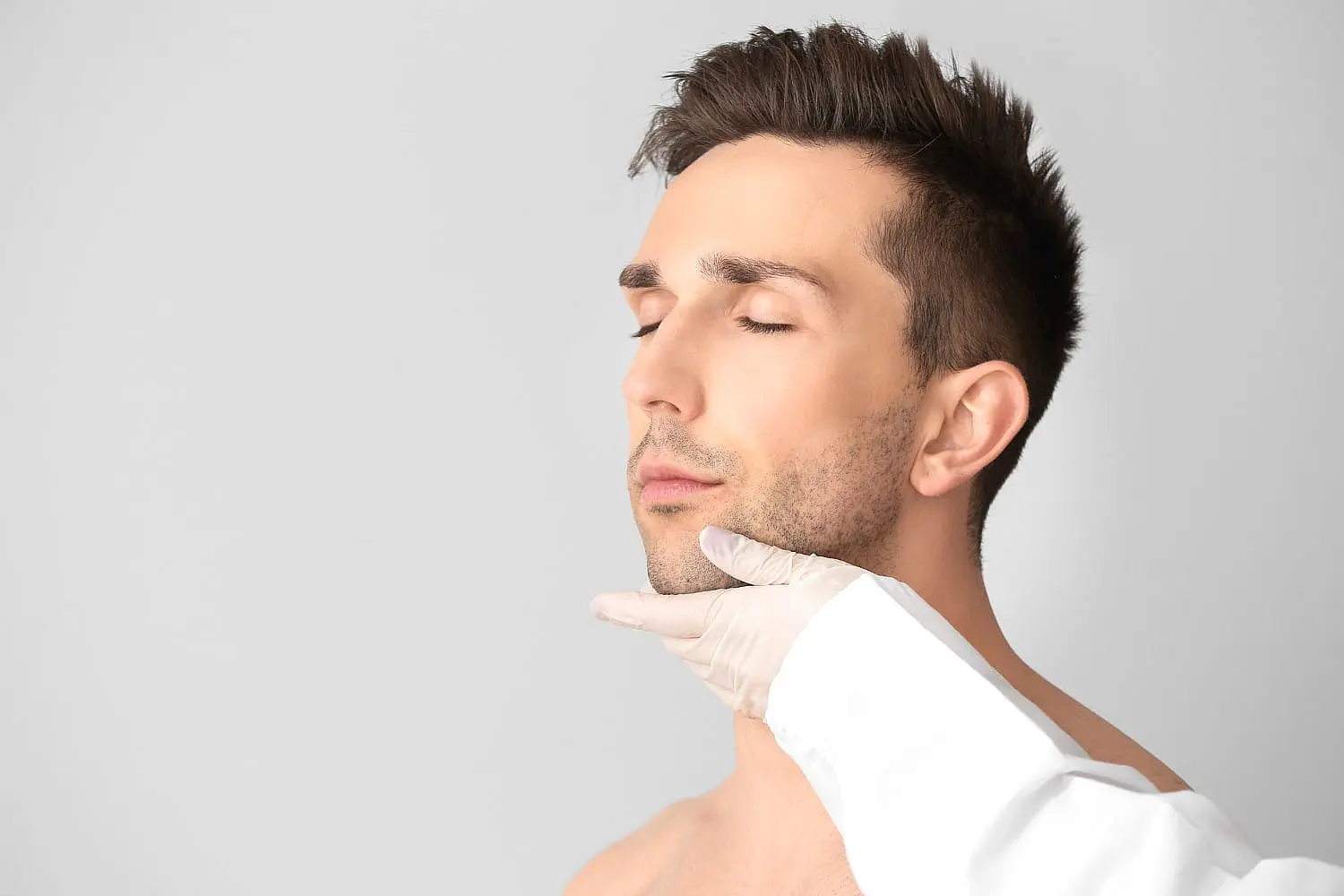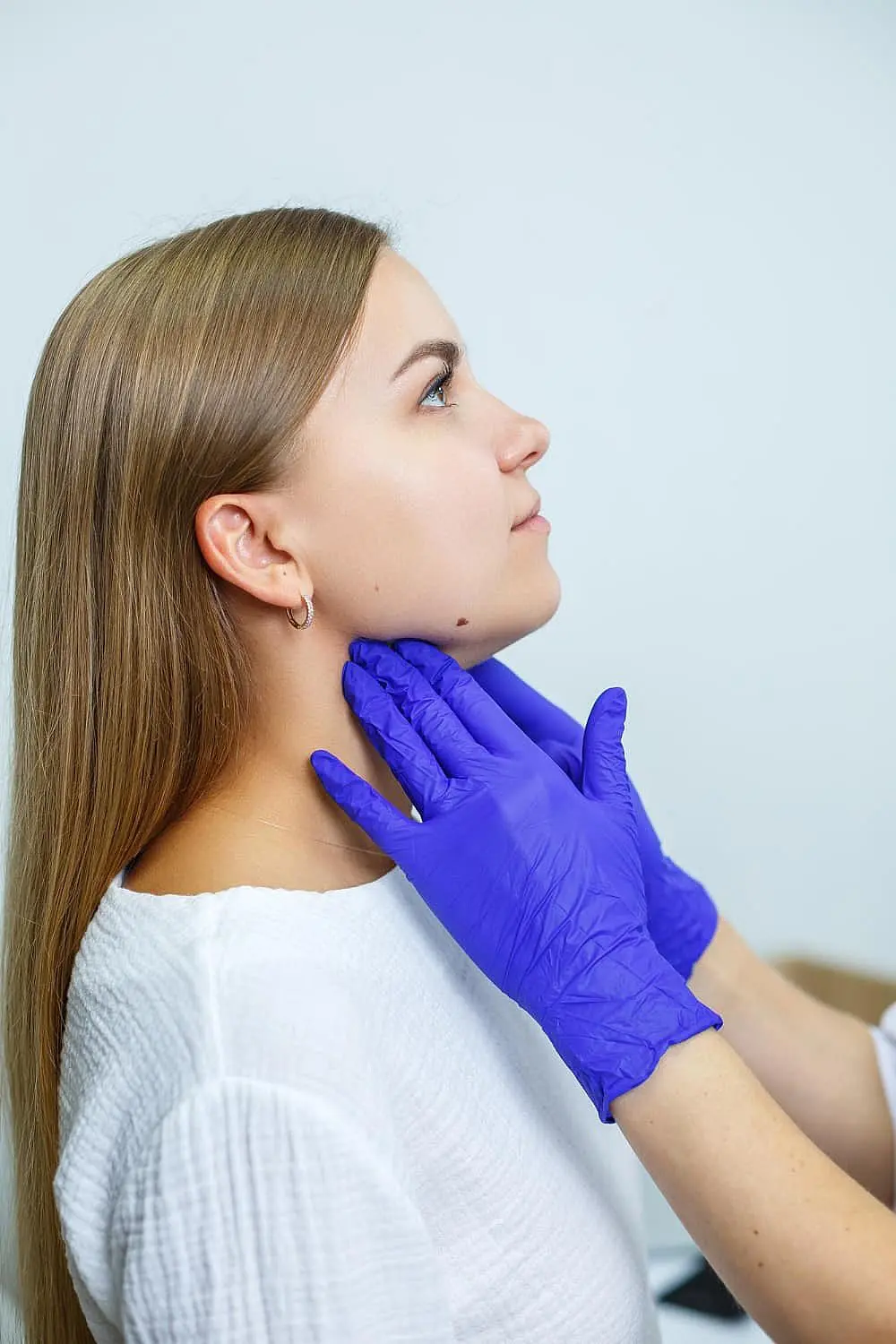Introduction to Jaw Surgery Orthodontics
What is Jaw Surgery?
Purpose of Jaw Surgery
Jaw surgery addresses both practical issues and concerns about appearance due to jaw irregularities. It is often essential for improving one’s overall oral health and daily functioning.

Improving functionality
Enhancing appearance
Importance of Jaw Surgery in Improving Oral Health and Facial Aesthetics
The Role of Jaw Surgery in Oral Health
A misaligned jaw can disrupt daily functioning. Jaw surgery resolves:
The Role of Jaw Surgery in Facial Aesthetics
A properly aligned jaw plays a crucial role in achieving facial symmetry and balance. Correcting jaw structure improves:
Common Conditions Requiring Jaw Surgery
Malocclusion Correction
with Jaw Surgery
Malocclusion, commonly referred to as “bad bite” happens when the upper and lower jaws are misaligned, leading to functional and appearance-related challenges. Severe cases often require jaw surgery.
Types of malocclusion
Fixing these problems improves chewing, speaking, and facial proportions, while reducing risks like gum issues or wear on teeth:
Treatment methods
Severe malocclusion is treated through:
Obstructive Sleep Apnea
Obstructive sleep apnea happens when the airway gets blocked during sleep, affecting breathing and causing poor quality rest. Jaw surgery is an effective treatment for more serious cases.
How jaw surgery helps OSA
Repositioning the upper and lower jaws makes the airway larger, solving the root cause of obstructions. Benefits include:
Surgical techniques
Jaw surgery provides a long-term fix, improving health while preventing the dangers of untreated OSA.
Enhancing Facial Aesthetics through Jaw Surgery
By fixing a misaligned jaw, jaw surgery improves both function and appearance. Adjusting the jaw structure results in:
Benefits for aesthetics:
Through precise adjustments, jaw surgery creates structural harmony while addressing health concerns.

Preparing for Jaw Surgery
Preparation plays an important part in ensuring a successful result. Pre-surgery steps often include orthodontics or imaging studies :
Consultation with Oral and Maxillofacial Surgeon
Your surgeon will examine your dental and facial structure, explaining the procedure thoroughly.
Orthodontic Treatment: Aligning Teeth Before Surgery
Braces might be required to position your teeth properly before surgery.
Follow Pre-Surgical Instructions
Dietary adjustments and stopping certain medications might be needed as part of preparation.
Recovery and Aftercare
Recovering properly after jaw surgery is key to successful healing. Self-care and adhering to follow-up instructions are vital steps to returning to daily life smoothly.
Post-operative pain management

Dietary restrictions and oral hygiene

Follow-up appointments

Physical therapy and rehabilitation

Risks and Complications of Jaw Surgery
As with any surgery, there are risks involved. While most complications are manageable, discussing your concerns with your doctor is essential.

Rehabilitation Exercises
Possible risks may involve mild discomfort, swelling, or bleeding, which can arise due to pre-existing health conditions or personal healing variations.
To reduce these risks, it is crucial to have an in-depth conversation with your surgeon. Gaining a clear understanding of the procedure, potential challenges, and post-surgery care helps promote a smoother recovery and decreases the chances of complications.
Conclusion
Jaw surgery, also known as orthognathic surgery, is a vital solution for correcting jaw and facial issues, providing both functional and esthetic benefits.

Importance of jaw surgery

Benefits of jaw surgery

Future advancements in jaw surgery
Cutting-edge research is driving progress in the field, leading to better results for patients:


